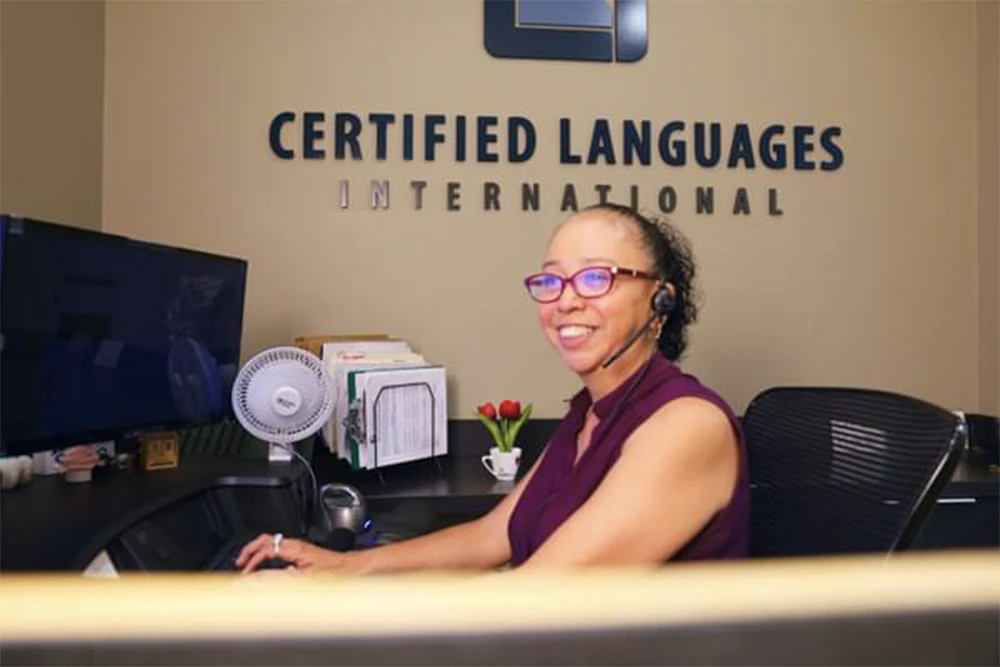The ever-shifting population in the U.S. is enriched with communities of immigrants, refugees, asylum-seekers, and migrants. This means there’s an unprecedented need for qualified interpreters who speak a broad range of languages, including rare and indigenous languages. When it comes to something as nuanced and life-and-death as medical care, it’s essential to enable patients to communicate in their preferred language, even if that language only has a small number of speakers in the U.S. Kristin Quinlan, CEO of Certified Languages International, outlines actionable ways healthcare organizations can effectively communicate with patients in a growing number of languages — including tracking the languages their patients speak, ensuring their language services provider (LSP) is poised with interpreters in these languages, and analyzing their LSP’s success rates to make sure they can quickly connect with interpreters, day or night.






